Single-source procurement is a procurement method in which the buyer chooses a single supplier without issuing other tenders. The process does not rely on having no choice. This isn’t the same as sole sourcing, in which there is only one supplier. Single sourcing is a decision, usually because of convenience, quality, or a preexisting relationship. It applies when a supplier is found reliable or is knowledgeable about the special needs of the buyer. It can also be utilised by organisations to find specialised products, technical expertise or in emergency circumstances. It does not involve competitive bidding, but normally, there is documentation and justification to make the process transparent and accountable.
When Is Single Source Procurement Used?
Here are the four common scenarios where it’s used:
- Urgent Needs: Single-source procurement is applied in cases of extreme urgency of delivery. It prevents bid delay and allows for the acquisition of goods or services quickly during emergencies or time-sensitive situations.
- Unique Expertise or Technology: Single-source procurement is a more preferred approach in cases where there is only one supplier who offers the needed technical expertise. It guarantees the availability of specialised capabilities which the market lacks.
- Compatibility Requirements: It is applied by organisations that are required to match their purchases with what they have. It ensures compatibility of the systems, lowers integration risks and prevents performance or operational downtime.
- Strategic Partnerships: Single sourcing is used to develop long-term relationships with suppliers. It builds trust, enhances communication and increases the quality of service through continuous collaboration.
What are the Best Practices to Manage Single Source Procurement?
Here are the five best practices to handle single-source procurement:
- Justify the Decision: It is important to clearly state why one source was chosen. Make sure that the reasoning is supported by statistics and accepted by other stakeholders.
- Perform Risk Assessment: Evaluate risks like the problem of supplies or fluctuations in prices. Find the possible problems and create a policy to reduce the impact.
- Negotiate Strong Contracts: Define clear terms, conditions and job expectations. Provide some penalties or solutions when there is a delay or non-compliance.
- Regular Vendor Evaluation: Regularly review the performance of the supplier. Measure quality, delivery and support using performance measures.
- Maintain Alternative Options: Identify and keep in contact with alternative suppliers. It can be useful in ensuring continuity if the main supplier fails.
What are the Advantages of Single Source Procurement?
The following are the four key advantages of single-source procurement:
- Procurement is faster by using a single supplier, delays are minimised, less paperwork and simpler decisions can be made. It increases efficiency and speed.
- Using a single vendor guarantees product quality consistency and easier support. It minimises fluctuations and develops trust in suppliers who have experience in your needs.
- Simplification of dealing with one contract makes legal, compliance, and communication management easier. It helps keep things organised, and it reduces the chance of mishandling.
- Close relationships with one supplier create greater coordination. It assists in creating better relations, promotes active service, and enhances the reliability of the supply chain.
What are the Regulatory and Compliance Considerations?
The regulatory and compliance aspects of procurement are compliance with legal, ethical and organisational regulations. It involves practices of fair bidding, transparency in contracts, laws against corruption, and regulation of a given industry. Internal auditing, verification of suppliers, and proper documentation are necessary. Failure to perform can involve penalties, a bad reputation or withdrawal of approval to future contracts, making compliance a significant component in the procurement strategy.

George C. Tagg, Jr.
George serves as a trusted counsel to business leaders, non-profit executives, and management teams. George is a licensed attorney with a master’s in international affairs and over 20 years’ experience in the U.S. Congress, Department of State, Department of Defense, global public policy, and political campaigns.


